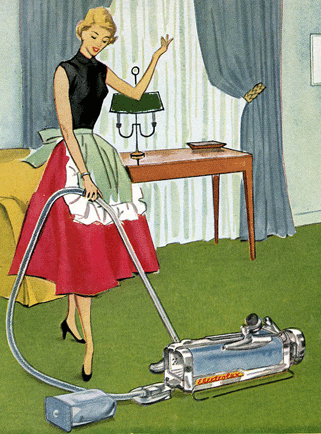|
Thread Number: 29300
/ Tag: 80s/90s Vacuum Cleaners
Help ~ Suppressor removal from Lux 616E |
[Down to Last] |  |
| Post# 327051 , Reply# 1 6/16/2015 at 16:03 (3,230 days old) by human (Pines of Carolina) | ||
 | ||
| Post# 327059 , Reply# 2 6/16/2015 at 19:14 (3,230 days old) by Vintagerepairer (England) | ||
|
The white wire is connected to an earth lead attached to the motor. I belive it is a way for the capacitor to discharge itself but I know very little about the specifics. But if that cleaner is working ok there is no reason what so ever to take the capacitor out. | ||
| Post# 327068 , Reply# 3 6/17/2015 at 10:23 (3,229 days old) by vacuumlover (UK) | ||
|
@Vintagerepairer Yes it works fine but I remove the suppressors so they dont go bang lol. (Unless its the Turbopower 1 suppressors then I leave them in) | ||
| Post# 327088 , Reply# 4 6/17/2015 at 13:47 (3,229 days old) by vacuumlover (UK) | ||
|
right so no one knows how to remove it? | ||
| Post# 327098 , Reply# 5 6/17/2015 at 15:18 (3,229 days old) by Vintagerepairer (England) | ||
|
Yes, you just disconnect it. The white wire is an earth for the capacitor. Without the capacitor in use the earth is not required. Although capacitors can go bang (especially if the appliance has been in a damp area) it's rare. We only see more of it because of our hobbies. | ||
| Post# 327099 , Reply# 6 6/17/2015 at 16:33 (3,229 days old) by vacuumlover (UK) | ||
|
@Vintagerepairer yeah i know how to remove it but where does the black cords go though thats what im wanting to know | ||
| Post# 327100 , Reply# 7 6/17/2015 at 16:36 (3,229 days old) by vacuumlover (UK) | ||
|
@vacuumlover *facepalm* upon better looking i seen now lol | ||

 Comes to the Rescue!
Comes to the Rescue!